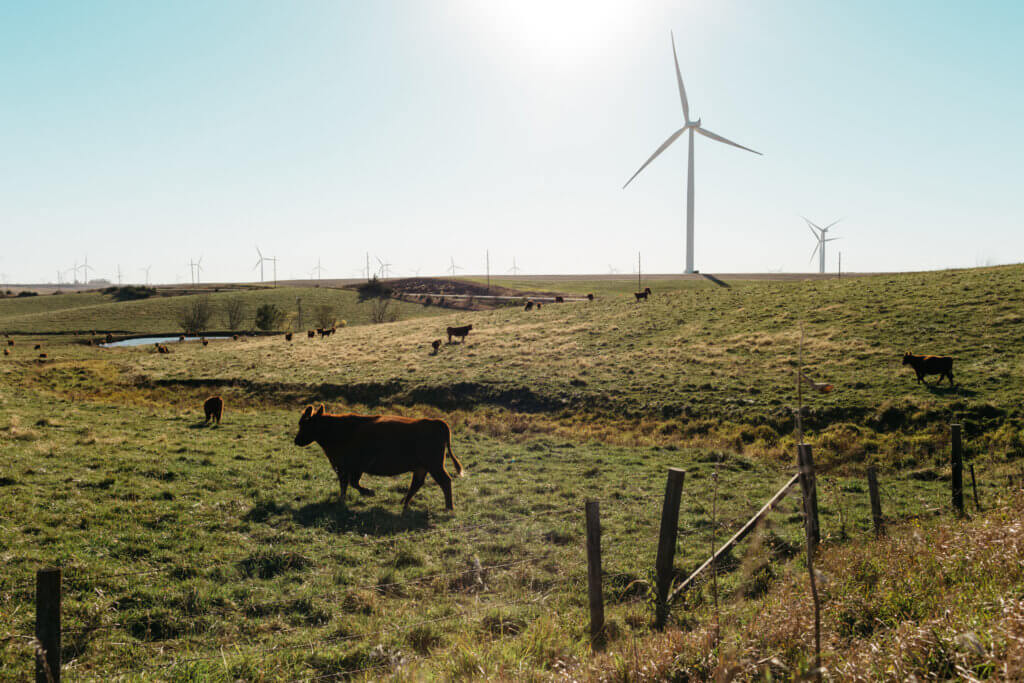Bird fatalities at Laurel Mountain substation
On Oct. 29, the Charleston (W. Va.) Gazette carried a story concerning a large number of bird fatalities at a West Virginia wind farm. The following is a letter to the editor from AWEA Director of Siting Policy John Anderson.
To the Editor:
Regarding your recent story on bird collisions at the Laurel Mountain wind farm, the most important thing to understand in order to prevent such events in the future is that the birds were not killed by the wind turbines. Rather, they flew into an electrical substation attached to the facility, where a light had been left burning. A U.S. Fish and Wildlife Service spokesperson noted that "This incident doesn't have anything to do with the turbines themselves," and added that it could have happened at any building or power station with bright lighting under poor visibility conditions. In fact, a similar event did occur under similar conditions at a West Virginia high school three years ago. In that event, 501 birds were killed.
The wind power industry deeply regrets the fact that birds occasionally collide with wind turbines, and strives to minimize such events. Our industry has modest impacts on wildlife compared to other forms of energy generation and causes of mortality, such as buildings or communication towers, and we do more to study, monitor and mitigate for the modest impacts we do have than any other sector. Currently, we are looking forward to the Fish and Wildlife Service finalizing its wind turbine siting guidelines, which will include recommendations for reduced lighting. These guidelines are based on recommendations from a Federal Advisory Committee–which included representatives from industry, environmental groups, and state wildlife agencies–that hold the industry to a higher standard for wildlife protection than any other industry and went beyond what is required by federal law.
At the same time, it is also essential to understand that the Laurel Mountain event was an unfortunate accident, and such accidents will not be prevented by siting guidelines, whether they are voluntary or mandatory. Best practices at all types of facilities, of turning off inessential bright lights that can confuse birds in foggy conditions, are needed to prevent this kind of event.
More reading:
Birds and wind: Bad news leads, good news in weeds, August 29, 2011
Fact check: Fox News off base on bird collisions, August 19, 2011
News story draws questionable conclusions from eagle collisions with old turbines, June 6, 2011
WINDPOWER report: Whooping cranes may avoid wind farms, more research ahead, May 25, 2011
Wind developer launches intensive avian monitoring program, May 23, 2011
AWEA files comments on "unworkable" U.S. Fish & Wildlife Service guidelines, May 19, 2011
U.S. Fish & Wildlife Service, AWEA, wind developers sign agreement to promote endangered species conservation, April 20, 2011
Wind industry backs research on bat concerns including White-Nose Syndrome, April 1, 2011
Wind turbine bird threat modest, January 18, 2011
Editorial: How serious is threat to birds?, January 5, 2011
Wind energy and birds: No double standard, September 9, 2009
Wind-wildlife group names first president, February 24, 2009



